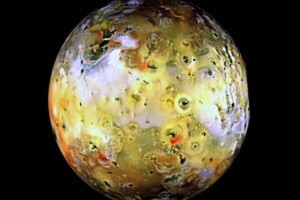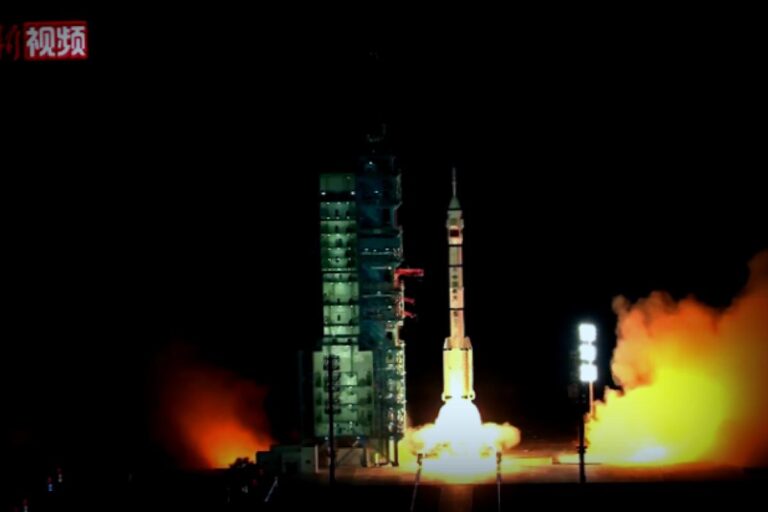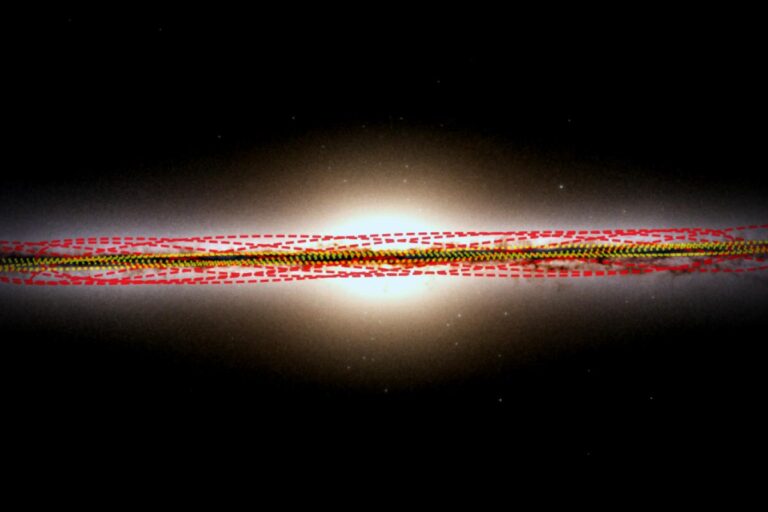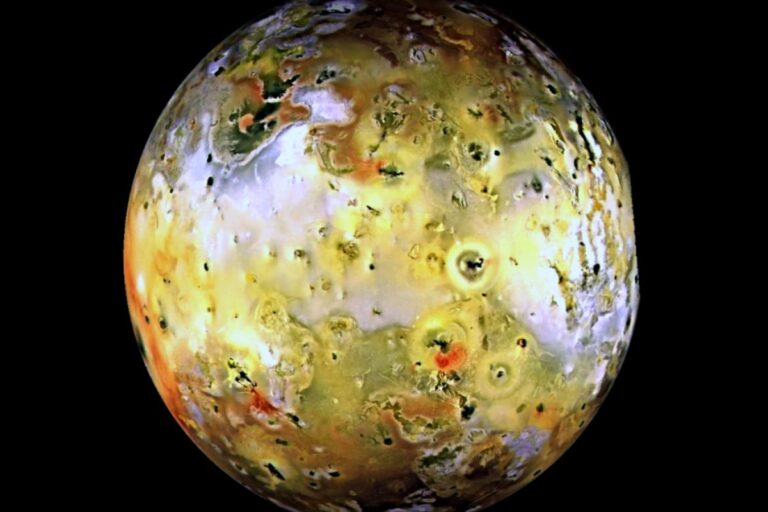NASA’s Juno spacecraft has brought exciting news about Io, the most volcanically active body in our solar system. According to new findings, this fascinating moon of Jupiter is not just hot—it’s emitting heat at a staggering level, far beyond what we previously imagined.
The misunderstanding about Io’s heat production doesn’t come from a lack of data but rather from how that data was interpreted. The study revealed that nearly half of Io’s heat is emitted from only 17 of its 266 volcanic sources, indicating a pretty concentrated heat distribution. This might mean that the idea of a massive, global lava lake swirling beneath Io’s surface could need a reevaluation.
Federico Tosi, the team leader from the National Institute for Astrophysics (INAF), noted that prior studies were heavily reliant on a specific infrared band—known as the M-band—for measuring heat output. While the data helped pinpoint Io’s hottest volcanic regions and improved our understanding of its volcanism, it revealed that the approach might have been responsible for those lower-than-expected heat readings.
“The M-band is only sensitive to the hottest areas, almost like checking the intensity of a campfire by just looking at the flames while ignoring the rest of the embers around it,” Tosi explained. “You catch the brightest parts but miss out on the full energy output.”
A Fresh Perspective on Io
Shifting how they analyzed Juno’s JIRAM data transformed their understanding of Io’s volcanic structure. Instead of having uniform hotspots, many volcanoes on Io exhibited outer regions that were hot and bright, while their cooler, solid crusts remained less bright in M-band readings. These hidden cooler areas, covering more of Io, ultimately contribute substantial heat emissions.
“Taking that hidden cooler fraction into account shows that the genuine heat flux could actually be hundreds of times higher than earlier estimates based solely on M-band data,” said Tosi. This significant revelation alters our perspective on the energy dynamics of Io.
Although this handsomely complicates the notion of an extensive magma ocean lurking beneath Io’s surface, Tosi cautions against entirely dismissing that possibility. He made it clear: the issue of a magma ocean can’t be definitively ruled out based on current observations.
“We are not saying there can’t be an ocean, just that our findings don’t support that idea based on the data at hand,” Tosi clarified. “It’s essential to understand the limitations of the data before jumping to conclusions on such complex matters.”

Looking ahead, there might not be an immediate chance to gain deeper insights into Io again, meaning the question of its potential magma ocean may remain up in the air for some time.
Tosi explained, “2023 and 2024 saw Juno conduct its closest and most detailed looks at Io. Still, as we move forward, Juno’s orbit won’t allow for any close passes in the near future. Upcoming missions like the ESA’s Juice and NASA’s Europa Clipper won’t have the capability to observe Io with the same detail as Juno, as their focus will be on Ganymede and Europa.”
That said, ongoing monitoring of Io still remains vital. Tosi’s team hopes their findings will help enhance the analysis of even distant spacecraft discussions on Io, inching closer to unraveling why this moon is experiencing such tumultuous volcanic activity.
Looking to the future, insights from this study should guide the planning of missions aimed directly at Io, which would eventually provide a closer examination of the intense volcanic processes occurring on this remarkable moon.
For those interested, don’t forget to check out this research published on November 5 in the journal Frontiers in Astronomy and Space Sciences.



















